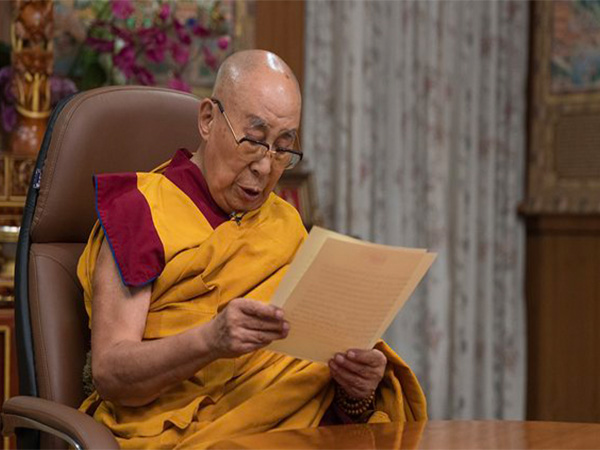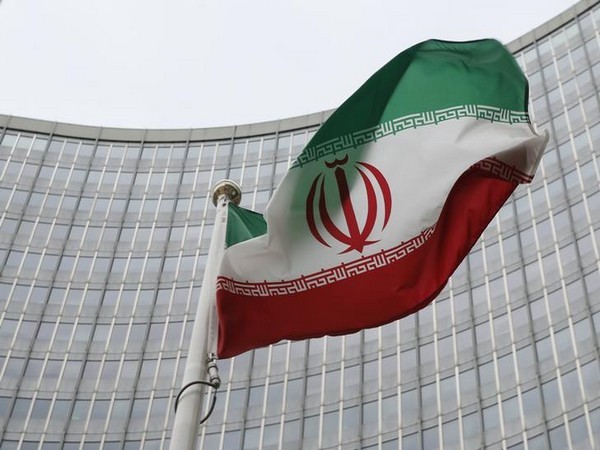
British soldiers make Everest history using new method
May 22, 2025
London [UK], May 22: Four British former special forces soldiers have set a record by climbing Mount Everest in under five days without acclimatising on the mountain, as part of a high-speed expedition controversially aided by xenon gas.
The team, which included a UK government minister, summited the world's highest peak early on Wednesday.
Xenon was used to help them pre-acclimatise to low oxygen at high altitudes. Climbers usually spend between six to eight weeks on Everest before summiting. Organisers said the use of xenon had made such a fast ascent possible. But the science around using the gas remains disputed and many in the mountaineering industry have criticised it.
Although this expedition is a record Everest ascent without acclimatising in the Himalayas, it's not the fastest Everest time.
That record still belongs to Lhakpa Gelu Sherpa, who climbed from base camp to the summit in 10 hours and 56 minutes in 2003 - but he did this after acclimatising on the mountain. The xenon-aided team, accompanied by five Sherpa guides and a cameraman, reached the 8,849-metre (29,032-foot) summit early on Wednesday, and began their descent soon afterwards.
"They started on the afternoon of 16th May and summited on the morning of the 21st, taking four days and approximately 18 hours," expedition organiser Lukas Furtenbach told the BBC.
The four former soldiers, who include veterans minister Alastair Carns, slept for six weeks in special tents before travelling to Nepal to help them acclimatise to decreased levels of oxygen at high altitude.
They then flew to Everest base camp from Kathmandu and started climbing straight away, Furtenbach said. They used supplemental oxygen, like other climbers, during the expedition. Climbers usually spend weeks going up and down between base camp and higher camps before making the final push for the summit.
They need to do that to get used to thinner oxygen levels at high mountain altitudes. Above 8,000m, known as the death zone, available oxygen is only a third of that present at sea level. But the four British men in the team did none of that.
"The team made a three-month acclimatisation programme in simulated altitude before coming to Nepal," Furtenbach said.
The simulated altitude was created in what is known as hypoxic tents from which oxygen is sucked out using a generator, bringing it to levels present at high mountain altitudes. Then the climbers inhaled xenon gas at a clinic in Germany two weeks before the expedition, said Furtenbach.
Source: Qatar Tribune






